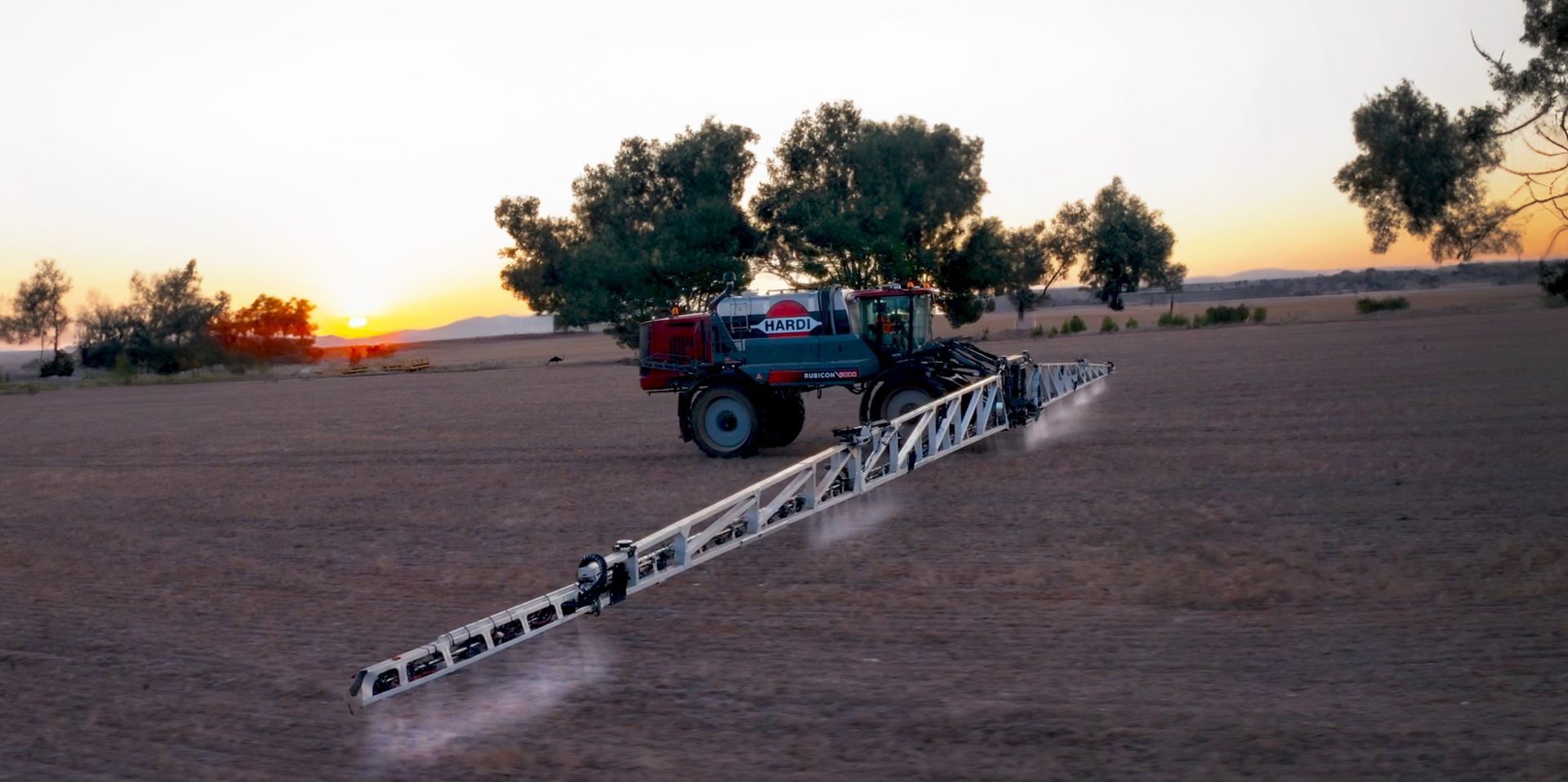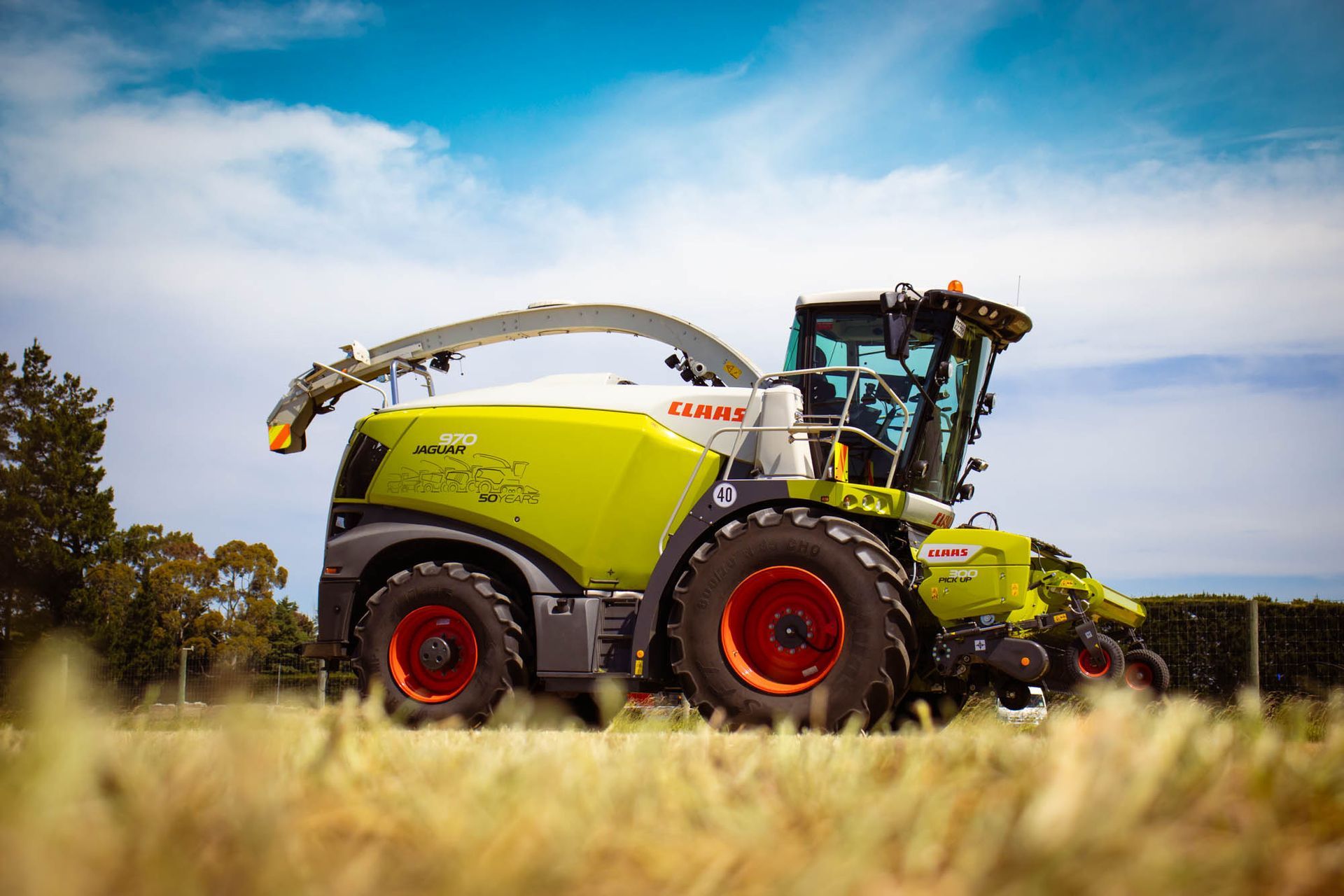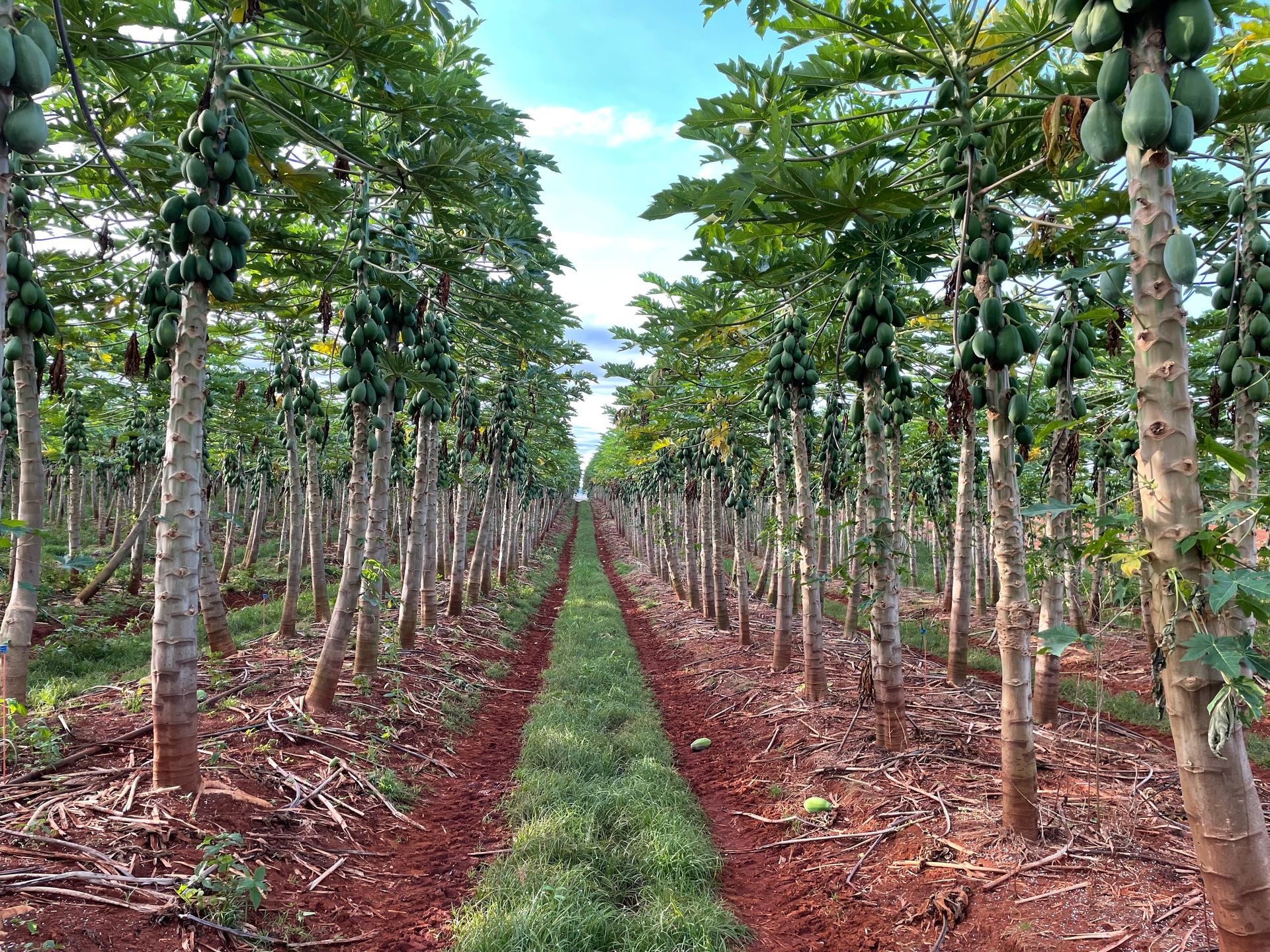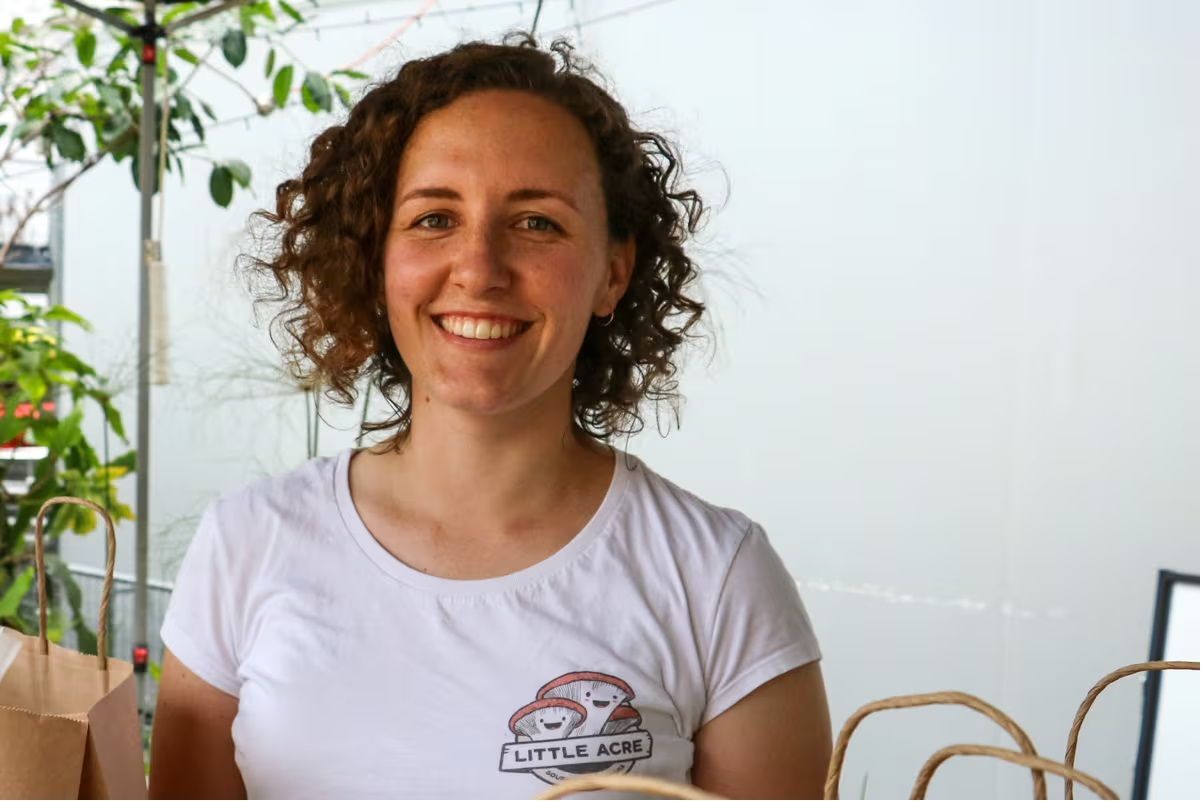Blog Post
Farm fatality report reveals initial 2020 figures
Elizabeth Gracie

Farmsafe Australia has released the Safer Farms 2020 Agricultural Injury and Fatality Trend Report, noting 58 agriculture-related fatalities in the past 18 months.
The report data was compiled by AgHealth Australia and outlines how farmers can mitigate the risks associated with agriculture work.
Chair of Farmsafe Australia, Charles Armstrong noted that Australia’s agriculture industry is highly dangerous to work in, but hopes that the continuous work of Farmsafe Australia will lower risks.
From the 58 fatalities, 8 per cent were caused by large farming animals, 13 per cent by tractors, 22 per cent by quad bikes, 3 per cent by water dams, 8 per cent from side by side UTV’s and 3 per cent by motorbike accidents. The report does not make clear the causes of the remaining 43 per cent of fatalities.
There were 133 non-fatal injuries in the last 18 months, of which 18 per cent animal-related injuries, 35 per cent quad bike-related injuries, and 11 per cent tractor-related injuries.
The report also outlined that 89.3 per cent of farm fatalities are male, with 50 per cent over the age of 50 years old.
CEO of the National Farmers Federation (NFF), Tony Mahar said that the report was a sobering read.
“These numbers must be cause for alarm for farmers and regional communities and highlight the need to do more to protect a farms most important asset, it’s people,” said Mahar.
FarmSafe Australia says that the ideology that many farmers take up that being a farmer is more a way of life than an occupation is dangerous and makes it very difficult to improve safety on farms.
According to Mahar, “being a farmer is more than just a job, it’s a way of life”.
However, they have identified four key insights into the barriers that stand in the way.
These include budgeting decisions where funds are deemed more needed elsewhere, unreceptive attitudes to changed practices and the “it will never happen to me” attitude as well the lack of a line between the home and work environment for farmers, especially those who have inherited farms and all the hazards and risk they encompass.
Crucially, the report outlines the importance of making safer farms the topic of conversation for all farmers constantly to encourage them to take responsibility and liability for their place of work and all those who work there.
The NFF hopes that by 2030 Australia reaches the goal of zero farm fatalities.
The report follows National Farm Safety Week for 2020 which aims to raise awareness of farm safety issues in rural communities in Australia.
Share
Tweet
Share
Mail
NEWS
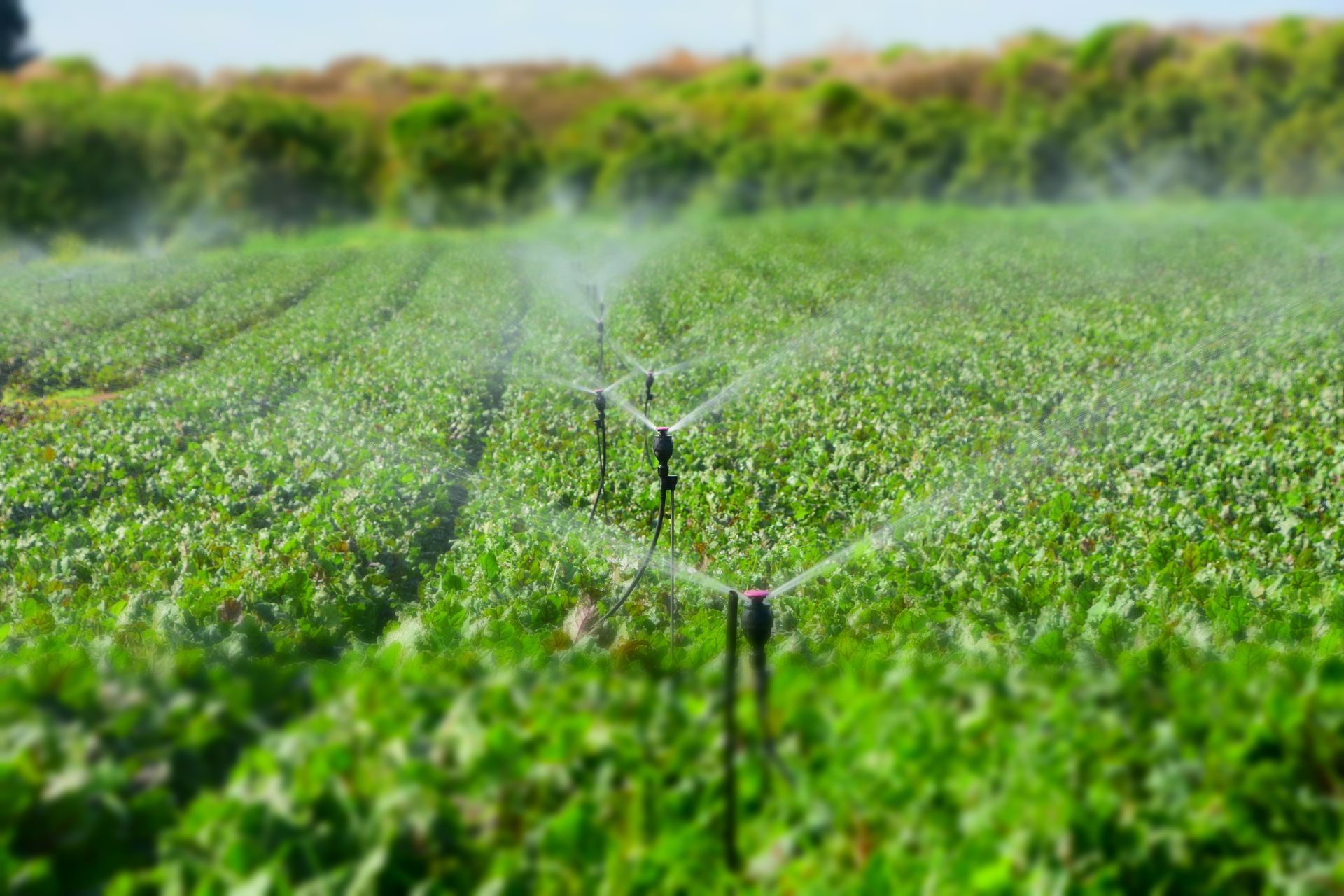
By Jessica Martyn
•
16 Feb, 2024
When it comes to building and maintaining a successful farming business in Australia, implementing the right solutions to deliver and preserve essential resources like fresh water is crucial – and in these ponds, White International is an authority more than 70 years strong.
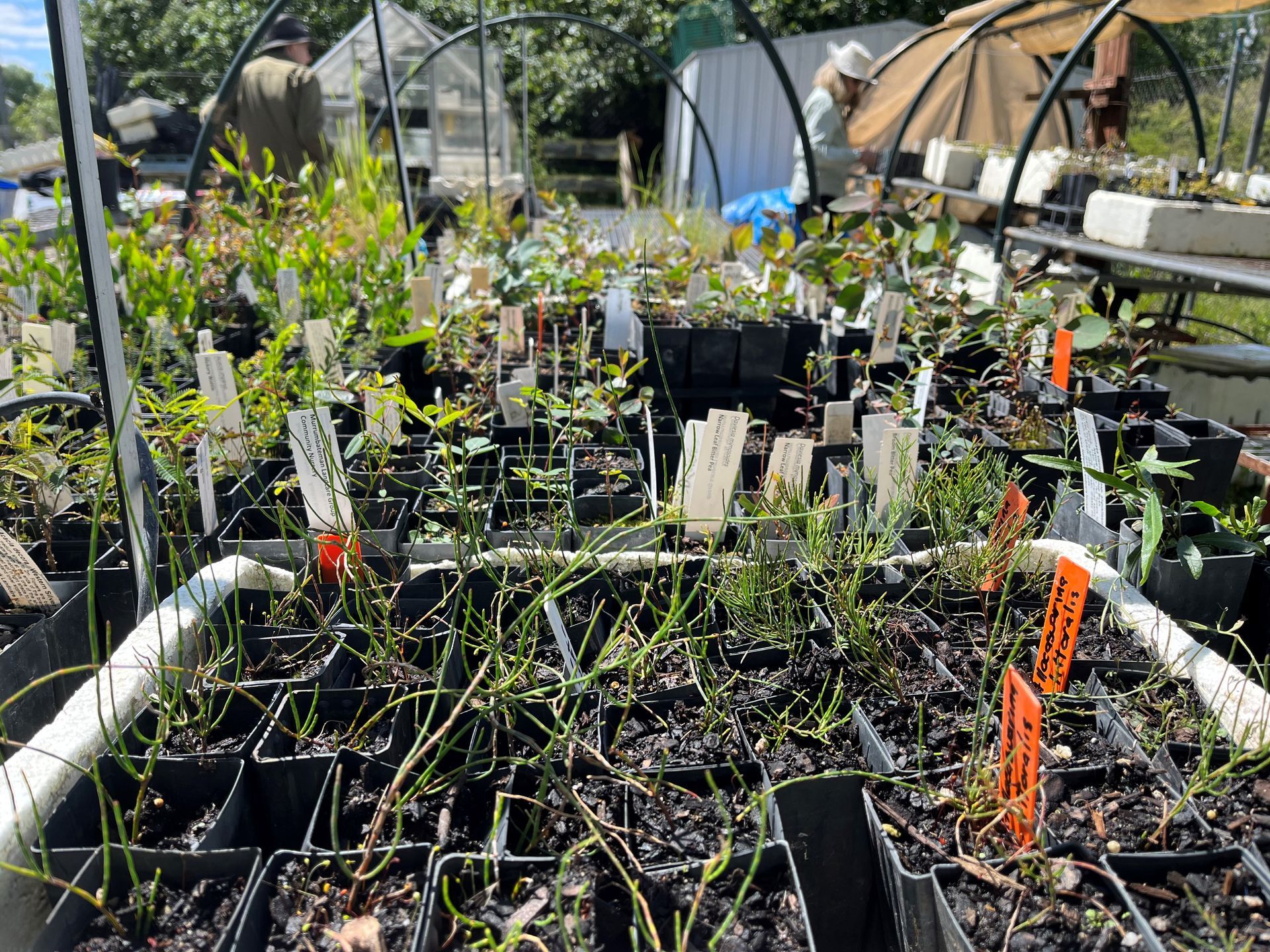
04 Dec, 2023
As a Landcare group, one of our main interests is to increase ecological resilience in our local area. Many of our landscapes have been cleared of vegetation in previous decades, so we have the task of supporting landholders to plant trees and shrubs to replace those that are missing. The benefits of revegetation are manifold. They include providing habitat for a range of native animals; controlling erosion and salinity; increasing farm productivity through nutrient cycling and shade and shelter for stock; and drawing down carbon from the atmosphere. But as weather patterns become more variable and we experience more climatic extremes, we need to think about which plant species – and which plant genetics – are most appropriate in our revegetation efforts. We are forced to ask will our local plantings be able to survive our future climate? Up until recently, it has been common for people to preference locally sourced seed when re-planting. This has been based on the idea that such plants will be best adapted to local conditions. However, there is growing understanding among scientists and land managers that we need to shift our focus to plants that can persist as the climate changes. This involves looking at which plant species are most appropriate by focussing on species that have a wide distribution and grow in our area and also in hotter areas, and increasing the genetic diversity of our tubestock so they have the best potential to adapt over successive generations. Our Landcare group has been tackling this issue for the past several years, working with scientists and AdaptNSW to find the best way forward. There are several key steps involved: understanding our local future climate, analysing whether selected local species can survive in climates like the one projected for our area, and sourcing seed for those likely-to-survive species from a range of areas to increase the genetic diversity of our plantings. Planting the right species with good genetic diversity gives revegetation projects the best chance of survival into the future. It’s not just about making sure the individual tubestock will grow, but that future generations of those plants will be able to survive and thrive. Luckily there are some good resources available for farmers, land managers and groups interested in climate ready revegetation. The Royal Botanic Garden Sydney has launched the Restore and Renew Webtool ( https://www.restore-and-renew.org.au/ ), which is a wonderful way for people to incorporate both climate change and genetic information when sourcing seed or plants. The NSW Niche Finder is invaluable for those who want to dig further into climate variables and species distribution ( http://www.nswnichefinder.net/ ). For future climate information, the CSIRO and Bureau of Meteorology have joined forces to provide a user-friendly online tool ( https://myclimateview.com.au/ ). And AdaptNSW also provides projected climate change information for different regions of the state ( https://www.climatechange.environment.nsw.gov.au/projections-map ). The Yass Area Network of Landcare Groups also has detailed information about our work on climate ready revegetation and relevant resources our website: https://yan.org.au/projects/climate-ready-revegetation-project As the climate changes, our revegetation efforts are more important than ever. And we need to make sure that they are ‘climate ready’ so that their benefits persist well into the future.
A selection of The Australian Farmer Sponsors - Click on a banner below to find out more...

